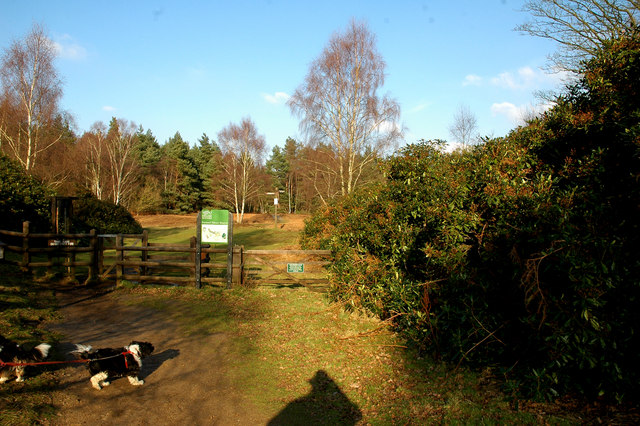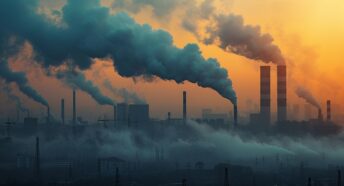Value our peatlands – for peat’s sake …
You may think of peat as a boggy area of land, fertile when drained and useful to promote growth in your garden plants.
It was a source of fuel when dried and peat digging in medieval times created the landscape that we know today as the Broads. You may not be aware that peat holds one of the keys to beating climate change, which makes it one of our most valuable resources – providing we leave the deposits in their natural state.
If you have driven through the Fens you will have passed through a vast area of peatlands, and you may have visited other places such as Dersingham Bog. These areas of peat are effectively our own rainforests in terms of storing huge amounts of carbon safely for millennia – until they are disturbed.
It is estimated in the UK peatlands store over 3 billion tonnes of carbon, the equivalent to that stored in all the forests of the UK, France and Germany combined. If left in their natural wet state they are a huge benefit locking up carbon from the atmosphere, and in helping soak up flood water. But only just over 20% of our peat areas are preserved in this way.
The rest we are drained for agriculture and dug up for use as fertiliser. As soon as we do that the stored carbon is released, damaging our climate. At present by disturbing these peat deposits we are releasing an additional 7.5 million tonnes of carbon into the atmosphere every year.
Extraction is being slowed and hopefully stopped in the UK. However if we continue importing peat from elsewhere the benefit is entirely negated. We need to go much further, including stopping the burning of peatland to create better grazing and promoting grouse for shooting as is a practice in upland areas.
We need to re-wet peatland to return it to its natural state. This would have a massive impact on agriculture in the Fens, but an even bigger benefit for the environment.
Government policy puts tree planting at the forefront of the drive to offset carbon. If targets are met by planting 30,000 hectares a year by 2025, approximately 18.5 million tonnes of carbon dioxide emissions would be captured each year.
This is great news, but these trees can only lock in all that carbon after 2050 as they mature. Tree planting remains vitally important, but we must also urgently start to care for our peat bogs as they are equally important to helping fight climate change.
Restoration of peatlands brings benefits not only to the atmosphere, flood management, to flora and fauna and for recreation. This directly improves our health in many differing ways.
We need to support the call to bring forward policies and funding which enable us to recover the wet peatlands and bogs. Individually we must stop buying products such as compost containing peat immediately. Alternatives are available and work well.
If you want proof of that, Kew Gardens has used peat free products exclusively for almost 30 years.









